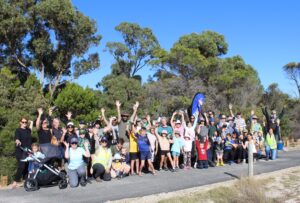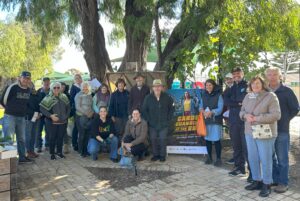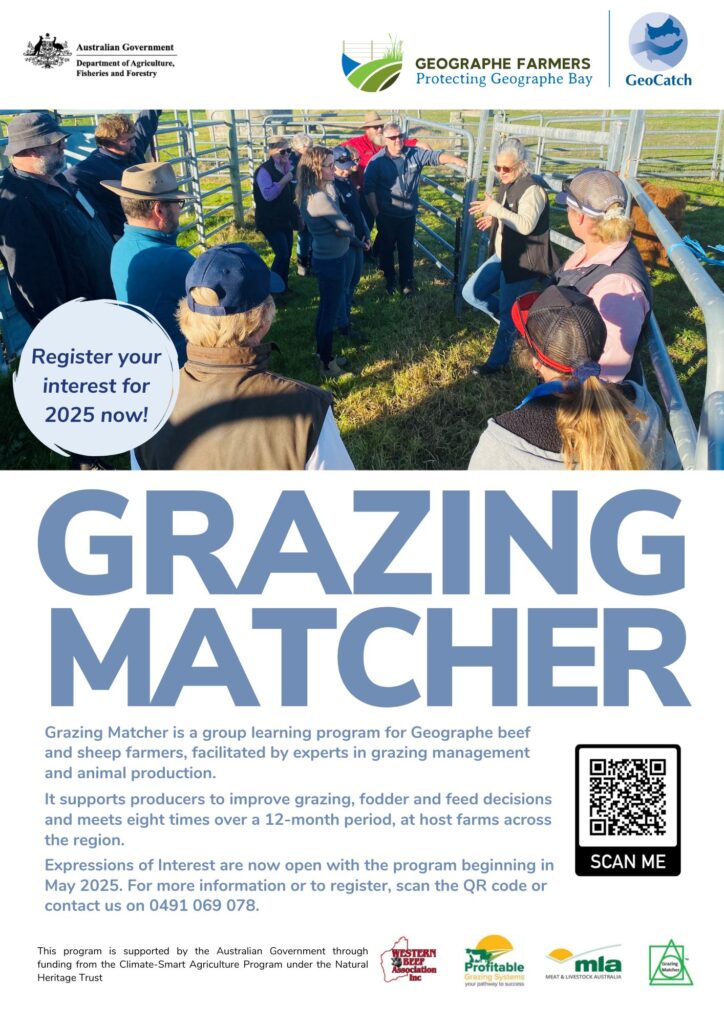GeoCatch acknowledges the Wadandi Saltwater people, the Traditional Owners of this land, and recognise their continuing connection to lands, waters and communities.
The Community's voice in the Catchment since 1997.
GeoCatch is a catchment management group working in partnership with the community, industry and agencies to care for the Geographe Bay Catchment.
Upcoming Events
If you need help registering for an event, please email geocatch@dwer.wa.gov.au or call GeoCatch on 0491 069 078.
Seedlings Planted
0

Subscriber Network
0

% of Catchment Soil Tested
0

Featured Content
Living alongside critically endangered species like the Western Ringtail Possum is a privilege and
Garden Guardians of the Bay Protect our Bay – Garden this Way! Keeping nutrients
We believe that keeping Geographe Bay healthy is everyone’s responsibility. A healthy bay begins
Tree planting is a great way to engage students in conservation. It provides a
Instagram Feed
Tagged Bay OK, cityofbusselton, Community, geocatch, Partner, phosphorus, water quality
































